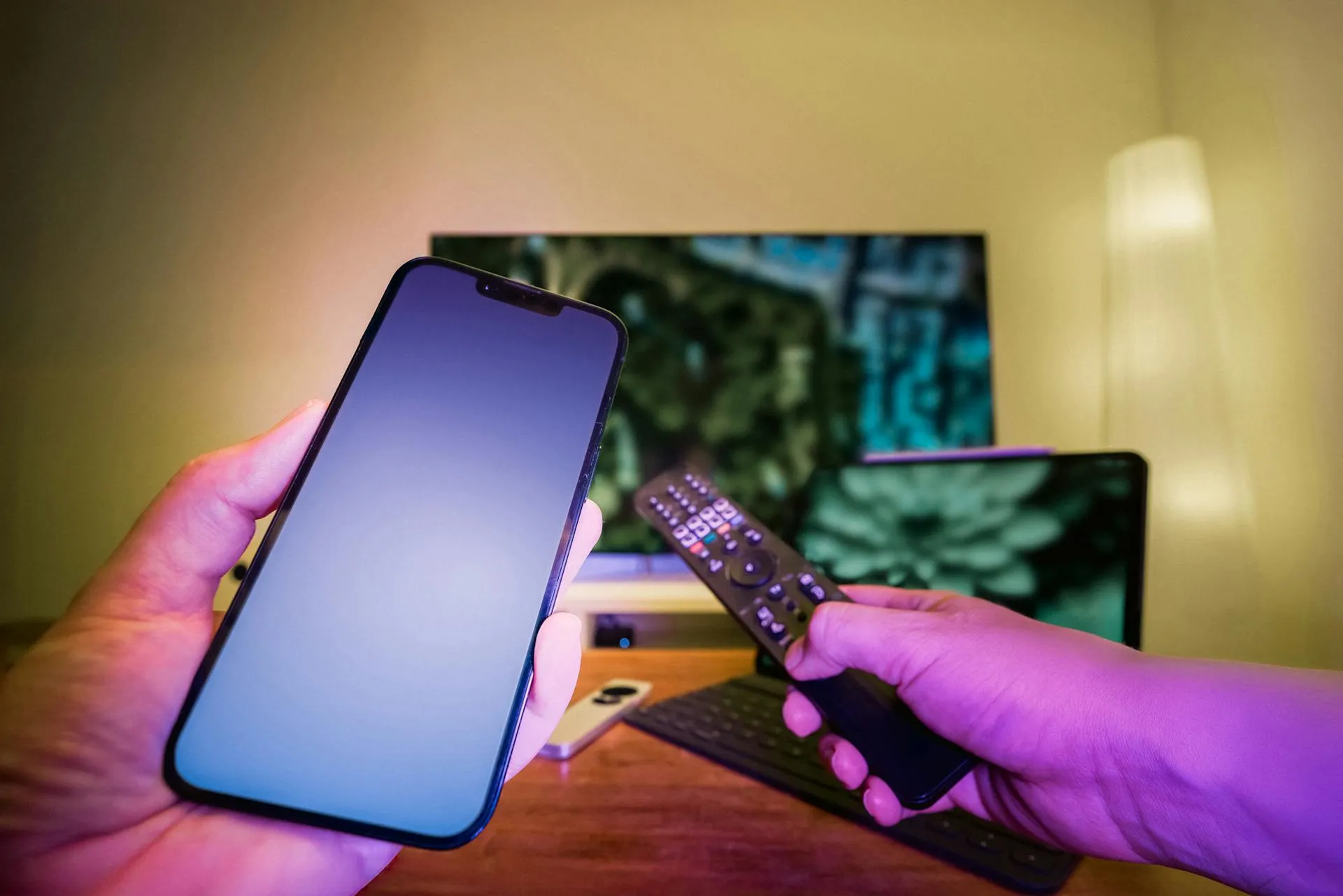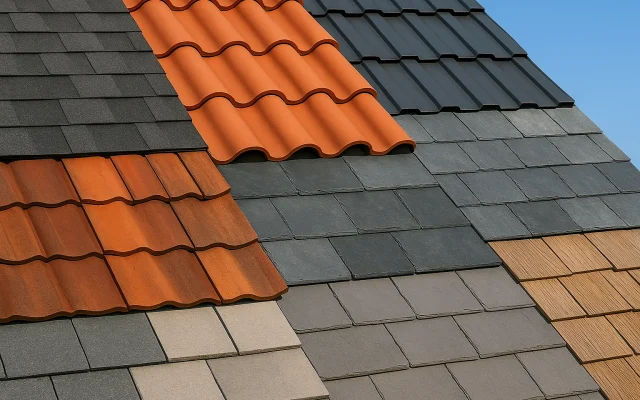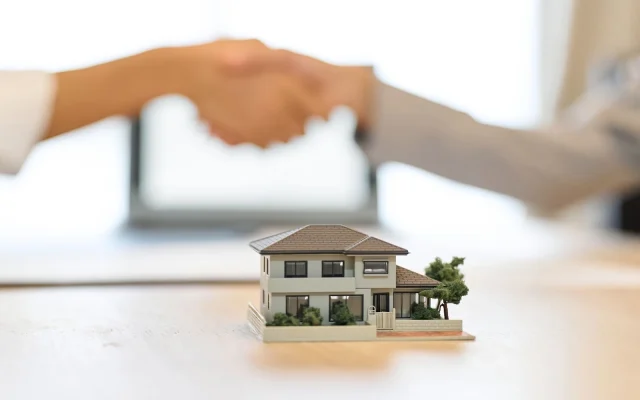Modern homes depend on technology for convenience, comfort, and safety. What was once considered futuristic has now become a normal part of everyday life. Families are realizing that small, affordable devices can protect their homes while cutting long-term costs. These gadgets detect problems early, prevent major damage, and improve energy efficiency.
Each small innovation, whether it’s a leak detector, a motion sensor, or a connected alarm, adds a layer of protection that pays for itself over time. The true value of these devices lies in their ability to anticipate issues instead of simply reacting to them. Let’s take a closer look at how these devices bring both protection and savings to everyday living.
1. The Rise of Intelligent Home Protection
Home automation has moved far beyond remote-controlled lights and smart speakers. It has become a complete ecosystem of interconnected devices working quietly in the background. These tools don’t just make daily routines easier; they protect against risks that once required constant attention or professional monitoring.
Affordable sensors and smart systems are now available to nearly every homeowner. Many of them install within minutes and instantly begin collecting useful data. This accessibility has changed how people think about home protection. The focus has shifted from reacting to emergencies toward preventing them entirely.
2. Smart Leak Detection That Prevents Costly Surprises
Water damage remains one of the most common and expensive household issues. A small pipe leak can go unnoticed for weeks, quietly causing mold growth and structural damage. Smart leak detectors are designed to catch such problems early, before they turn into costly repairs.
These compact devices use sensitive moisture sensors to identify even the smallest leaks. They send instant alerts to smartphones or connected systems, allowing homeowners to respond quickly. A smart water leak detector offers peace of mind by catching hidden leaks and helping homeowners avoid expensive water damage repairs.
3. Compact Smart Cameras for Everyday Security
Small smart cameras have changed how people think about home surveillance. They provide continuous monitoring without the bulky appearance of traditional systems. Most modern cameras connect to mobile apps, giving users real-time access to live footage anywhere.
Features like motion detection, cloud storage, and night vision ensure constant visibility and protection. Alerts arrive the moment movement is detected, helping homeowners act quickly. Privacy controls have improved as well, allowing users to limit access and choose when recording begins.
4. Smart Plugs and Sensors That Control Energy Use
Energy waste can quietly increase utility bills each month. Smart plugs and motion sensors help manage this problem by monitoring and adjusting power usage. These devices switch off appliances that sit idle and track real-time consumption patterns.
Through connected apps, homeowners can schedule devices to turn off automatically at certain hours. Over time, these small adjustments lead to noticeable savings. Many smart plugs work seamlessly with voice assistants, making control effortless. Remember, a few well-placed smart plugs can reduce costs, improve safety, and promote responsible energy habits.
5. Advanced Smoke and Carbon Monoxide Alarms for Safer Homes
Traditional smoke alarms often go unnoticed until they beep at the worst possible moment. Modern smart alarms, however, offer more than a simple sound alert. They detect smoke and carbon monoxide with greater accuracy and send instant notifications to connected devices.
These alarms provide clear information about the source of the danger, helping residents respond faster. Some models even alert emergency contacts if the homeowner cannot be reached. Having reliable, intelligent alarms means peace of mind at all times. Quick detection saves lives and reduces potential damage. It’s an essential upgrade for anyone who values both safety and smart living.
6. Smart Kitchen Devices That Protect and Save
The kitchen often holds some of the most valuable appliances in a home. A refrigerator failure or an unnoticed temperature change can lead to food spoilage and high repair bills. Smart kitchen devices have been designed to prevent such problems while improving energy efficiency.
Smart refrigerators can now track internal temperature, alert owners when doors stay open, and even suggest maintenance checks. Temperature sensors placed near appliances ensure they stay within safe operating limits. When issues arise, alerts appear immediately on smartphones, giving owners time to act before damage occurs.
7. Air Quality Monitors and Climate Controls for Health and Comfort
Indoor air quality affects both comfort and long-term health. Dust, humidity, and poor ventilation can cause discomfort or health problems if left unchecked. Smart air quality monitors track pollutants, temperature, and humidity in real time, keeping households informed about what they breathe.
These devices pair well with smart thermostats, which learn family routines and adjust heating or cooling for comfort and efficiency. When humidity rises or air quality drops, alerts prompt quick action. The result is a balanced environment that feels fresh and healthy throughout the year. Cleaner air also reduces strain on heating and cooling systems, lowering energy use. Regular monitoring helps homeowners identify issues early, such as clogged filters or leaks in ventilation systems.
8. Unified Systems That Connect Every Device
Many homeowners start with one or two smart gadgets and later expand to full systems. A unified approach connects multiple devices into one easy-to-manage network. Through a single app or hub, homeowners can monitor activity, adjust settings, and receive alerts instantly.
Integration ensures that devices communicate with each other for smoother operation. For example, a smoke alarm can trigger cameras to record or lights to turn on automatically. Centralized control saves time and reduces the chance of oversight. Instead of juggling several apps or devices, everything comes together under one digital umbrella.
Conclusion
The modern home has become a collection of intelligent systems that protect and preserve what matters most. Small devices now play a major role in providing early detection, instant alerts, and meaningful savings.
Investing in smart technology starts with simple steps. Homeowners can begin with a leak detector, a smart plug, or a connected alarm. Over time, adding more devices creates a stronger, more efficient system. Each upgrade builds an extra layer of safety and helps reduce long-term expenses. Technology continues to develop, and its purpose remains constant. It aims to make homes safer, more efficient, and more dependable. The future of home protection focuses on smart solutions that simplify daily life while keeping families secure. Small devices, working together, lead to big savings and lasting peace of mind.
Frequently Asked Questions (FAQs)
Smart home protection devices are small, connected gadgets that monitor your home for leaks, motion, smoke, or temperature changes and send instant alerts to your phone.
They catch small leaks early, preventing expensive water damage and mold growth.
Yes, compact smart cameras provide real-time monitoring, motion alerts, and cloud storage without the bulk of traditional systems.
Smart plugs automatically turn off unused devices and track power consumption to prevent energy waste.
They send alerts directly to your phone, provide exact danger locations, and can even notify emergency contacts.
Yes, they monitor temperature and performance, alerting you to potential malfunctions before costly repairs are needed.
It helps detect pollutants, humidity changes, and ventilation issues that can impact health and comfort.
They learn your habits, adjust temperatures automatically, and improve heating and cooling efficiency.
A unified system allows all devices to communicate and respond together, improving convenience and overall protection.
Not at all—many affordable devices like leak detectors and smart plugs can be added gradually to build a full system over time.







